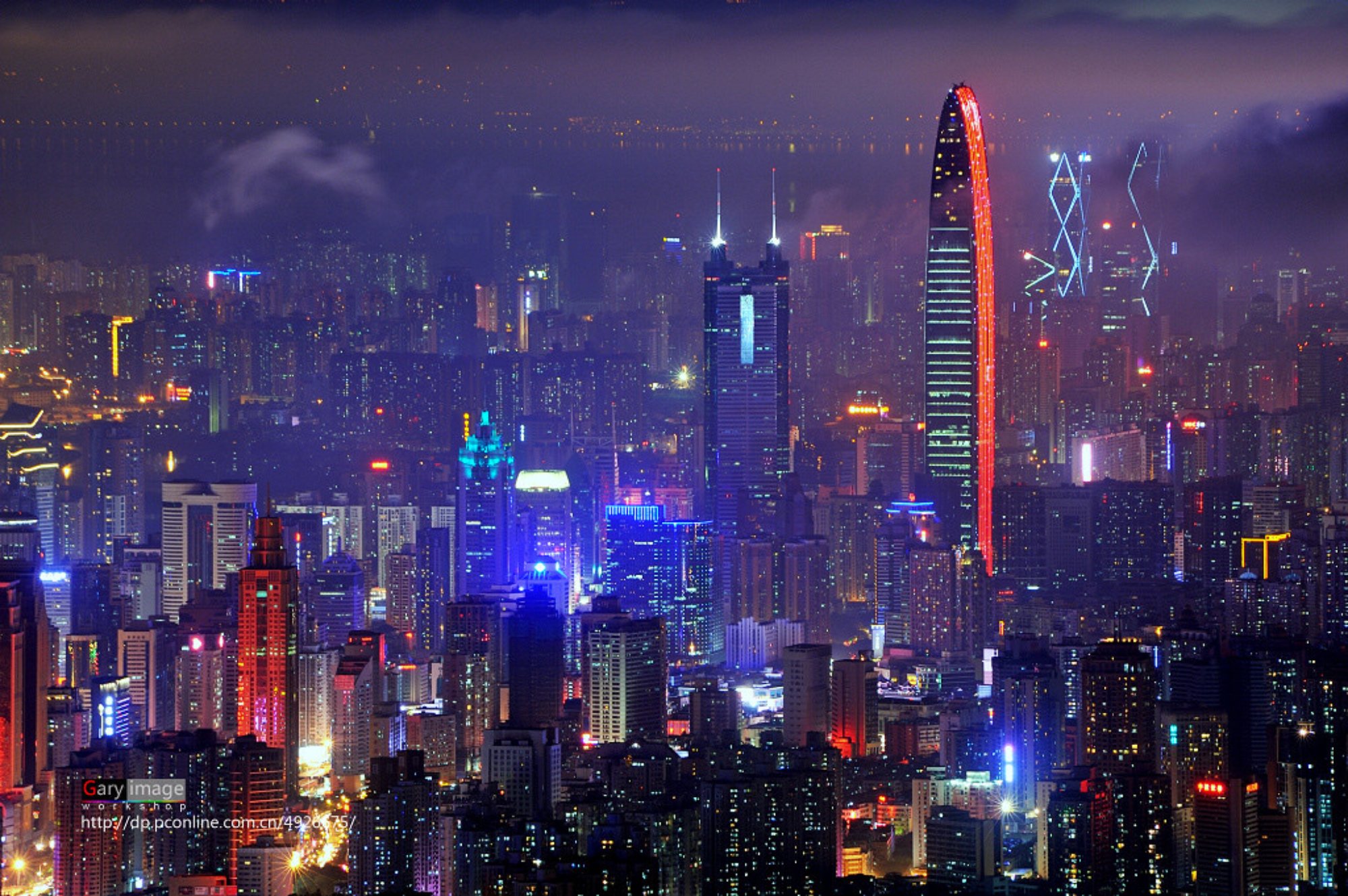
For the past few decades, Silicon Valley has been the global innovation hub. To think that this will last forever, however, is ludicrous. Just as history has proven, the world’s “center for innovation” cycles from place to place – just as Babylon changed the world, eventually so did Alexandria, then Ancient Greece, and then Berlin. These cities are just some of the places throughout history that have taken form of a “Silicon Valley”. History will repeat the cycle, and sooner than we think.
The next Silicon Valley will be a city much deserving of the title. It will take a special combination of developing skill sets, growth velocity, infrastructure, location, and put plainly, good timing. Some candidates are places like government-backed Singapore, renewable energy leader Munich, intellectually and academically centered Boston, progressive and aggressive Bangalore, and even the high-tech and fast transforming city of Rio de Janeiro. They’ve all shown to be solid candidates for a future epicenter of innovation.
With all these places filled with opportunity, the future of innovation on a global scale seems bright but which candidate will take the title? The answer is Shenzhen, China.
From fishing village to global powerhouse
35 years ago, Shenzhen was just a fishing village across the border from Hong Kong. In 1979, just one year after Deng Xiaoping became China’s paramount leader, he designated the village of Shenzhen as a “special economic zone”. This would be the first test of capitalism as the Chinese economy began to liberalize.
In 1983, the worldwide sales of personal computers grew by 73% and the technological shift began to station itself in Silicon Valley. Meanwhile, in the East, the fishing village of Shenzhen was radically changing its infrastructure. The city grew faster than any other in the history of civilization, as it went from a population of 300,000 to over 10 million in the time of a single generation. Shenzhen quickly became the incubator of technology for China.
Since the transformation, Shenzhen has acted as a round peg in a square hole, forcing China to think differently. Simply put, the manufacturers make new products, introduces new business models and consistently remains on the cutting-edge of technology. Shenzhen got its economic start by manufacturing products for foreign companies but quickly used its knowledge acquired from experience to start building its own economy. The city has grown not only as a manufacturer but as an authority for innovation.
Many of today’s technological leaders prefer to use Shenzhen as their headquarters. Companies such as Huawei, Tencent, BGI, and ZTE call Shenzhen home. As the city moves to shake its manufacturer label and become an innovator in its own right, it transitions from old to new at an astonishing rate.


留言
您必须登陆 才能发表评论。